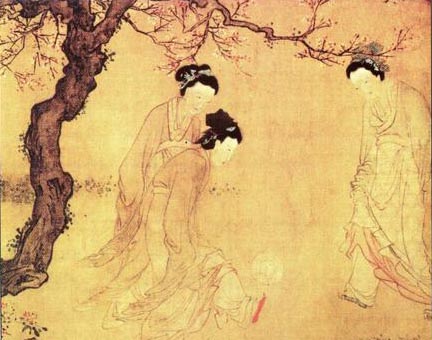Like the game of soccer itself, Cuju was intoxicating to those belonging to the Han Dynasty. While its origins appear to be sometime before that, the game truly began to take form. FIFA recognizes Cuju as the oldest historic example of something which could be called soccer, and it wasn’t until the Tang Dynasty (from 618-907) where the game truly took shape.
Early examples indicate it was a sport enjoyed by both men and women, even though it has its origins as a military training exercise to teach dexterity and agility. Over time, the Han Dynasty established rules for the game, including six goal posts at each corner of the field. Emperor Wu Di is said to have enjoyed the sport, and played with both courtiers and soldiers.
The sport became a national pastime, with backyard stadiums opening up all over imperial China.
The Tang Dynasty gave the game its purified form. They created two types of goal posts, one consisting of a net and another placed at the center of the field. The ball was improved to increase bounce and speed, replacing feathers with air filling. The changes were an immediate success. It was said that those who did not know how to play the game could only hope to find jobs as scorekeepers to appease the ruling families (who loved the game that much).
There is also a record of an historic cuju match, where a 17-year old girl bested an entire team of soldiers. The level of female cuju competition was formidable during this time, and there were no rules stipulating that women could not play with men.
About the Author: Samuel Phineas Upham is an investor at a family office/ hedgefund, where he focuses on special situation illiquid investing. Before this position, Phin Upham was working at Morgan Stanley in the Media and Telecom group. You may contact Phin on his Samuel Phineas Upham website or Twitter.
